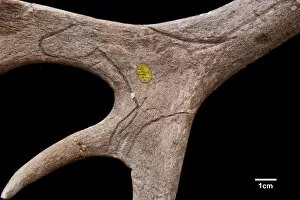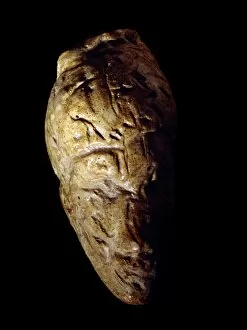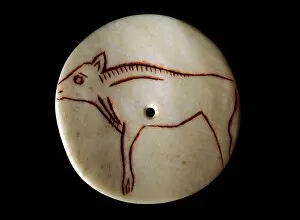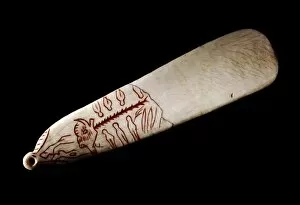Portable Art Collection
"Unveiling the Timeless Beauty: Portable Art of the Stone Age" Step back in time and explore the captivating world of portable art
All Professionally Made to Order for Quick Shipping
"Unveiling the Timeless Beauty: Portable Art of the Stone Age" Step back in time and explore the captivating world of portable art, a testament to human creativity that has transcended millennia. From the iconic Venus of Willendorf, a petite yet powerful Stone Age figurine representing fertility and femininity, to the intricate carvings found in Magdalenian culture, these artifacts offer glimpses into our ancient ancestors' lives. Delicate reindeer antlers from Neschers tell stories of survival and resourcefulness, transformed by skilled hands into tools or decorative pieces. The Stone Age bullroarer and harpoon reveal not only their practical uses but also an artistic expression intertwined with daily activities. Venturing deeper into prehistory, we encounter astonishing carved figures like the horse from Vogelherd Cave or the bird from Hohle Fels cave. These masterpieces showcase early humans' ability to breathe life into stone through meticulous craftsmanship. The enigmatic Venus of Brassempouy stands as a symbol of beauty and mystery; her delicate features etched onto stone remind us that even in ancient times, aesthetics held great significance. Meanwhile, bone discs discovered within Magdalenian culture serve as both artistic creations and functional objects for unknown rituals or games. As we marvel at these remarkable artifacts from Dolni Vestonice's Venus to countless other treasures concealed beneath layers of history, let us appreciate how portable art connects us across time. It serves as a bridge between past civilizations and modern humanity—a reminder that creativity knows no bounds when it comes to expressing our shared human experience.

















